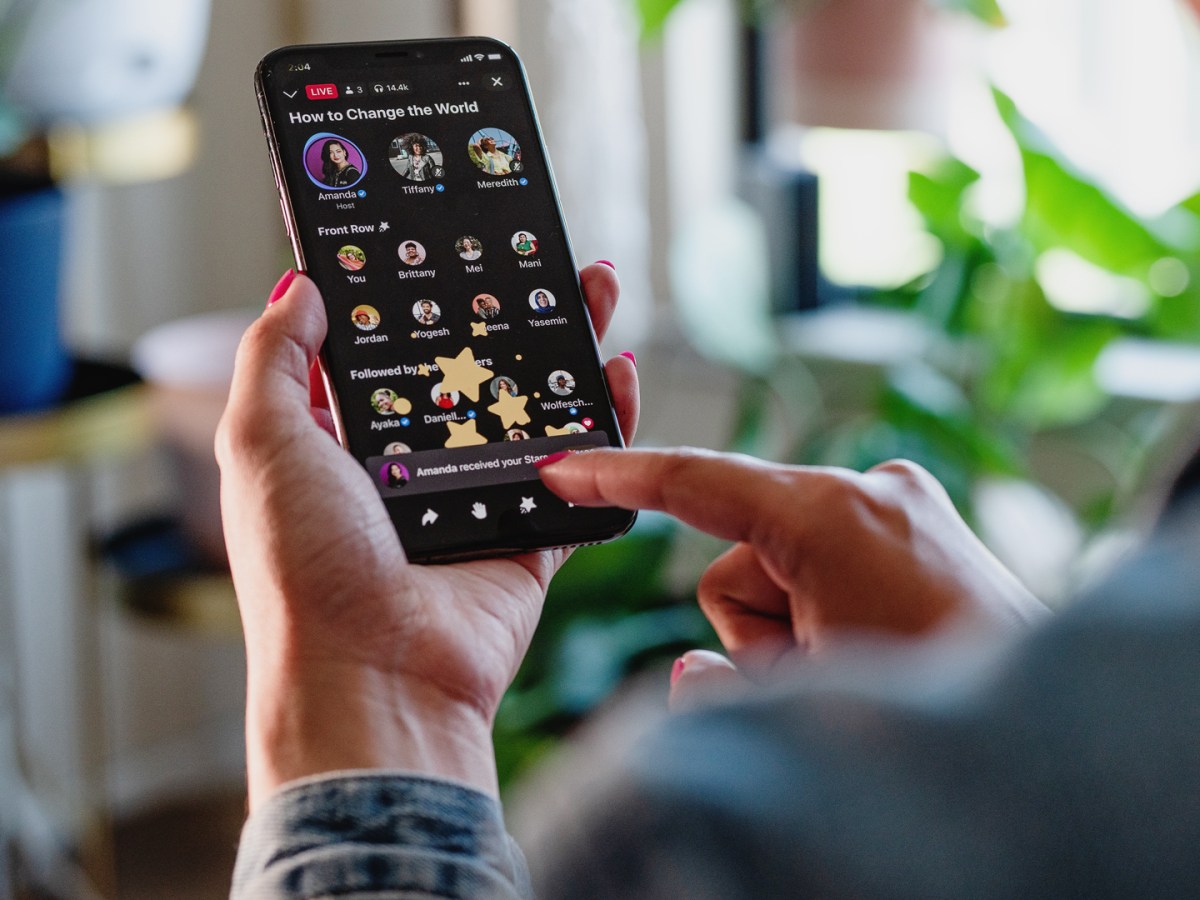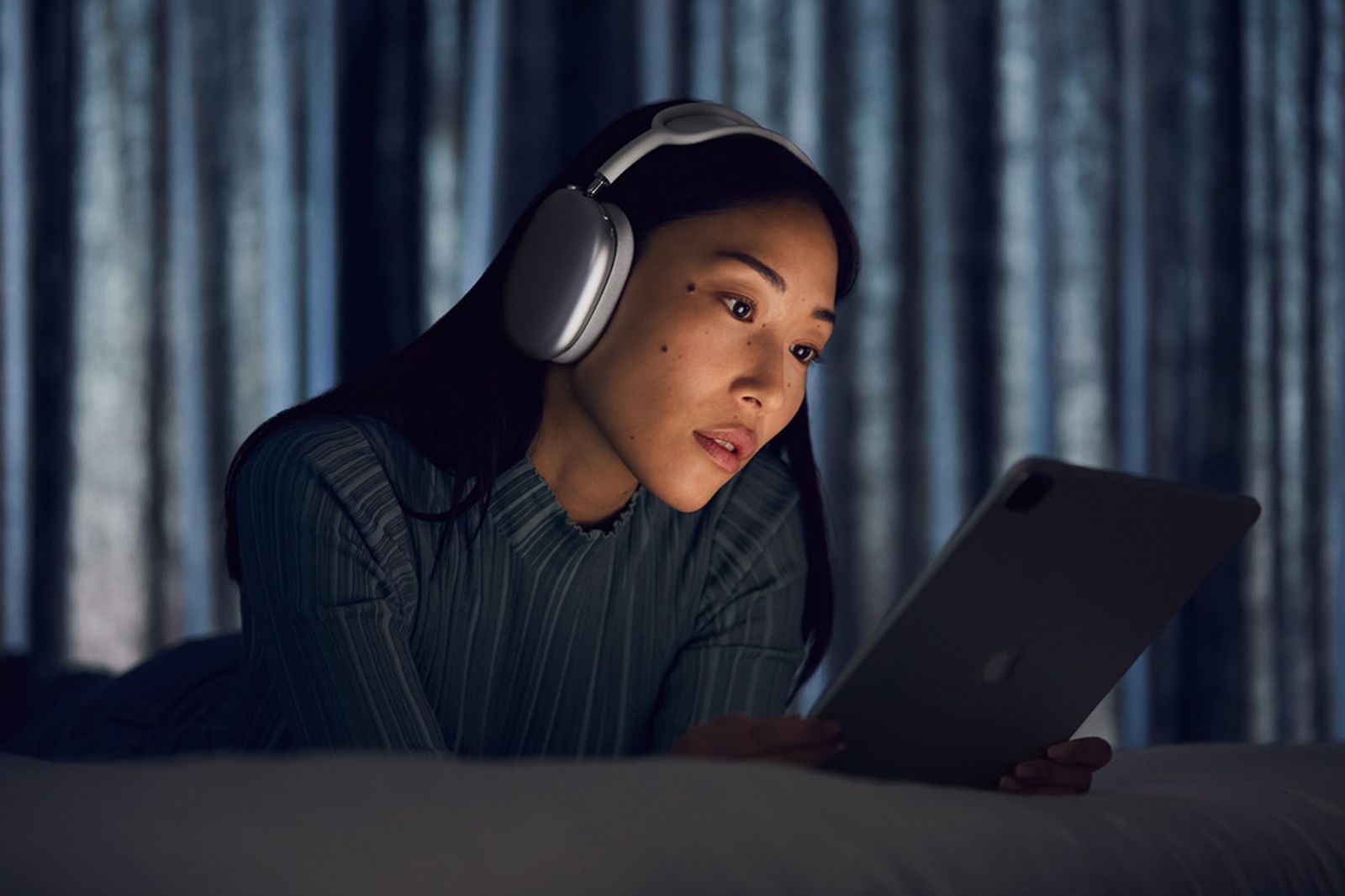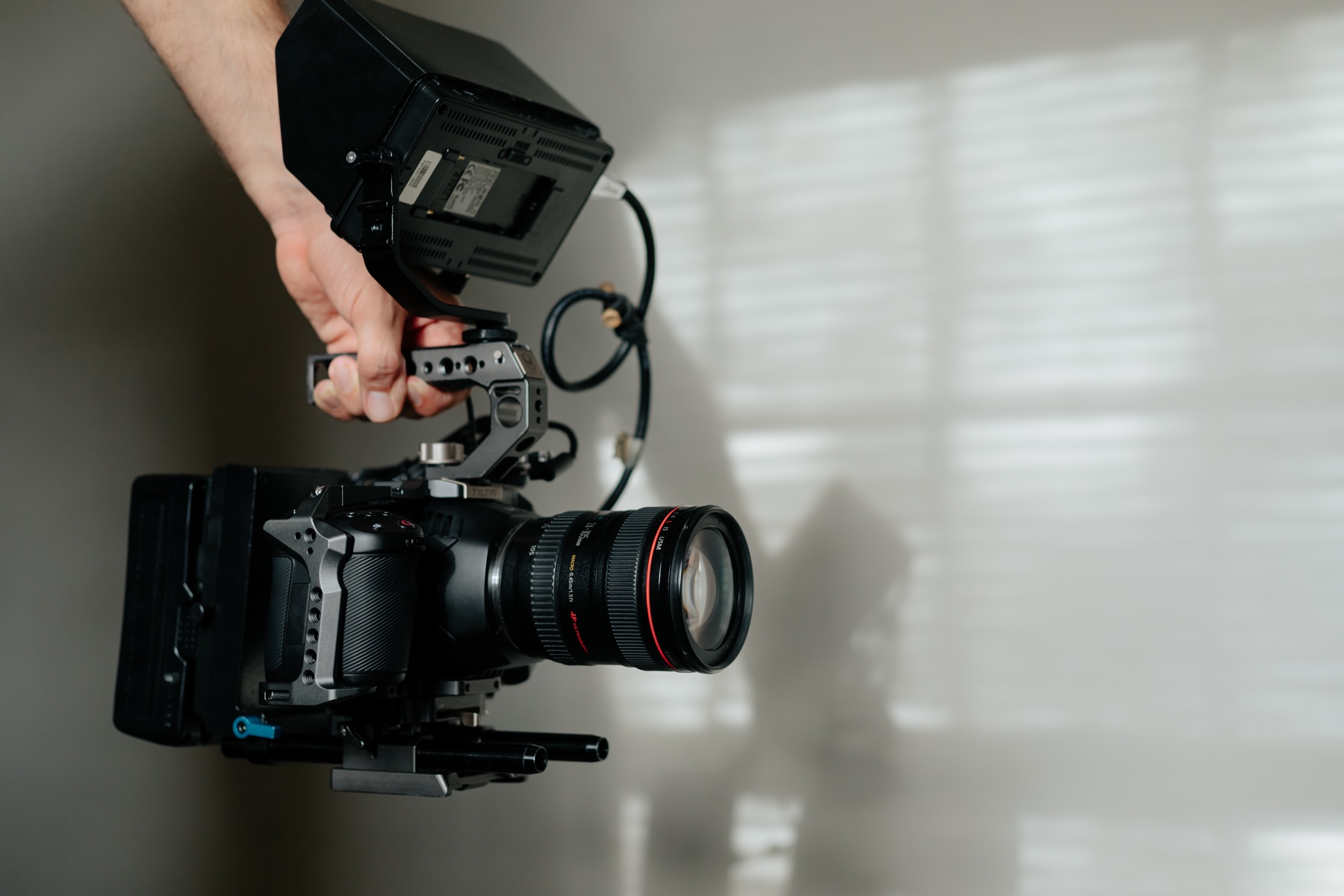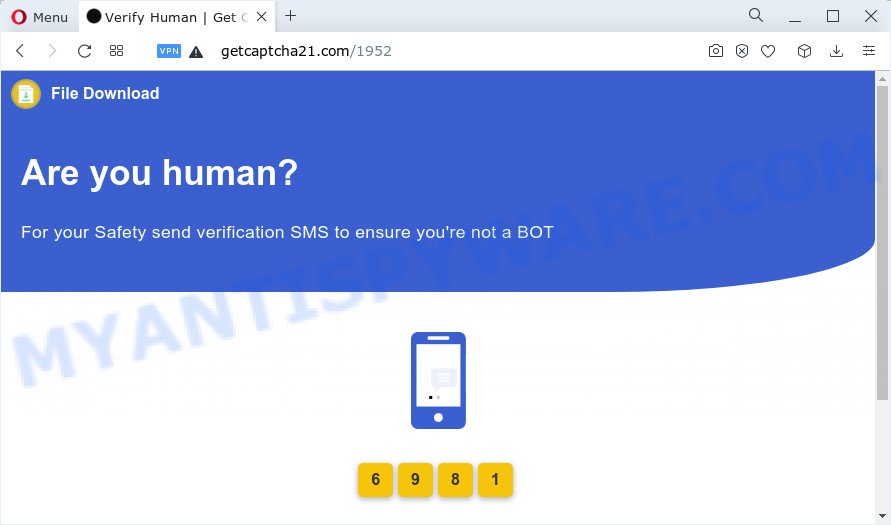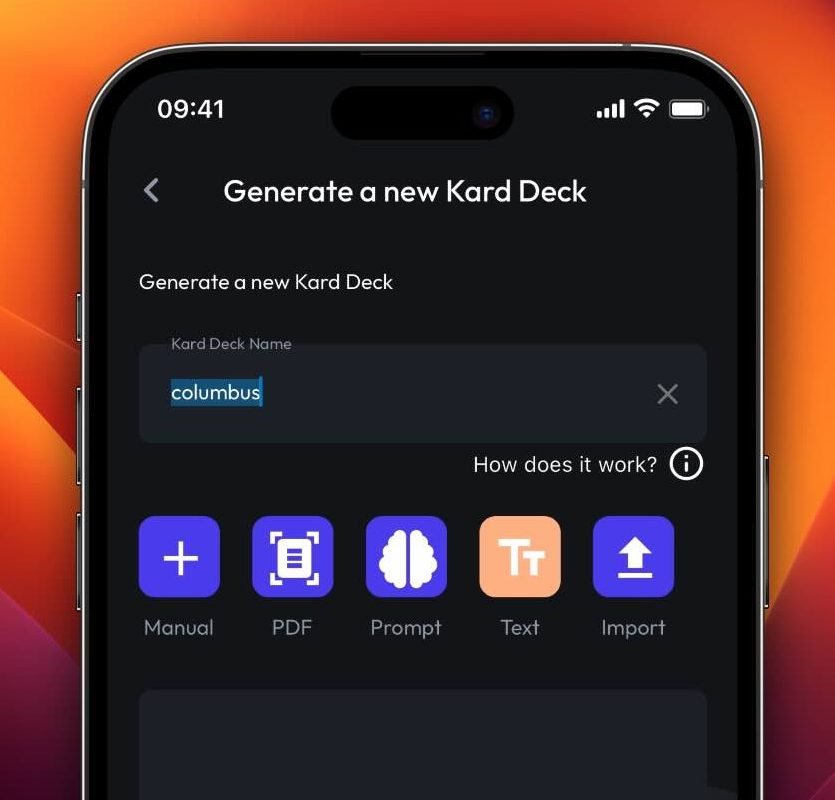![Noah Liebman | Call audio update: Audio Hijack With Audio Hijack 4, Rouge Amoeba added the ability to manually edit connections. I’ve been an occasional Audio Hijack user since 2004[1], but I kne](https://noahliebman.net/previews/audio-hijack.png)
Noah Liebman | Call audio update: Audio Hijack
With Audio Hijack 4, Rouge Amoeba added the ability to manually edit connections. I’ve been an occasional Audio Hijack user since 2004[1], but I knew right away that this had the potential to bring it into daily use.
As I wrote a couple years ago, I had been using a DAW, Reaper, to route and process my everyday call audio, but that seemed heavy, and definitely not what it was designed for.
Instead of Reaper, I set up Audio Hijack. As with before, I’m using BlackHole to create two virtual audio devices: a 2-channel device I use as the call app’s mic, and a 16-channel device I use as the call app’s speaker. Then, Audio Hijack looks like this:
That’s it for mic routing, but there’s one more thing in the Audio Hijack session. Sharing application audio with a call can be tricky and unreliable (“Can y’all hear this?”), so I keep a block around that I can turn on to capture application audio and send it to both my ears and the call. If I can hear it, they can hear it. Plus, I didn’t have to un-share and re-share my screen to make it happen.
One other thing I’ve started doing is using a global shortcut to mute myself. Usually when I’m talking in a meeting, the call app isn’t in the foreground, and I like to be able to quickly toggle it because (let’s be honest), with a mic in my face, I worry about mouth sounds. (Unless you enable Original Sound in Zoom or a similar feature in other apps, this probably isn’t a huge concern, but still….)



